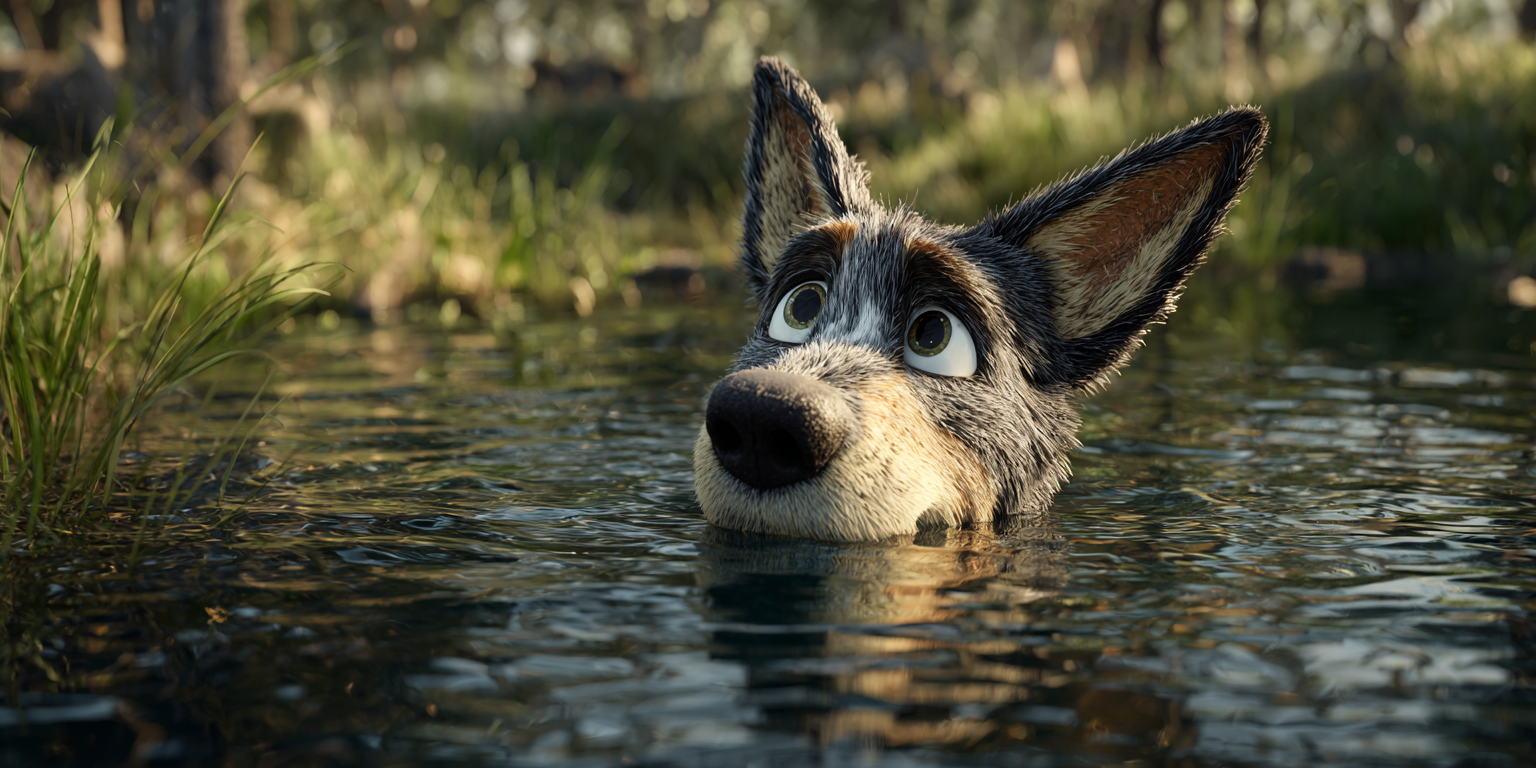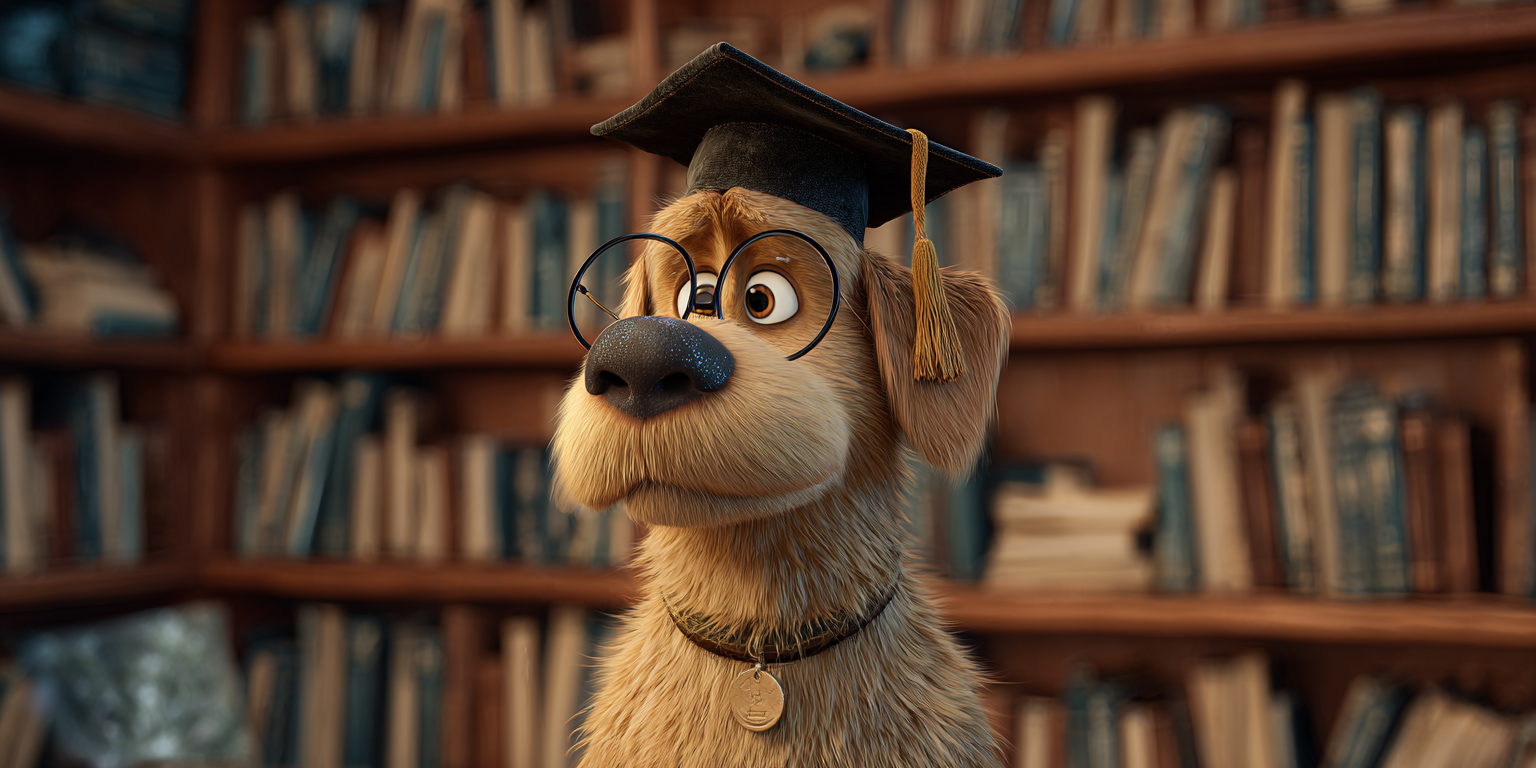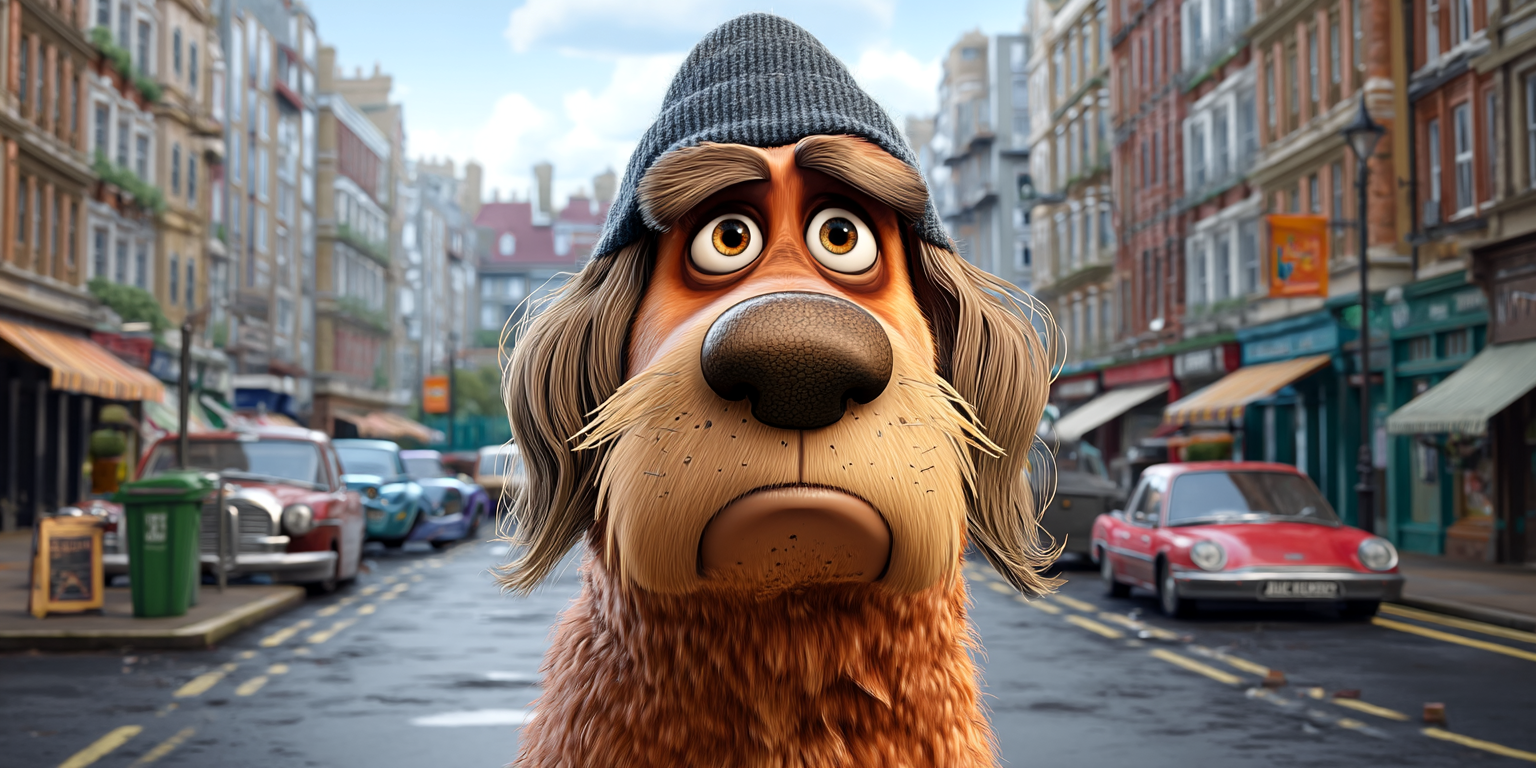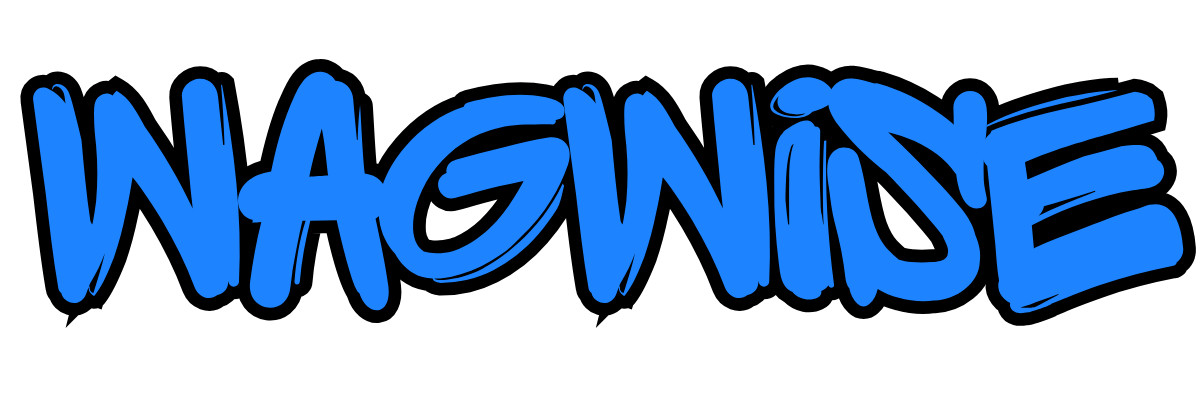Dog Safety. Is your yard killing your dog?
Have you thought about dog safety?
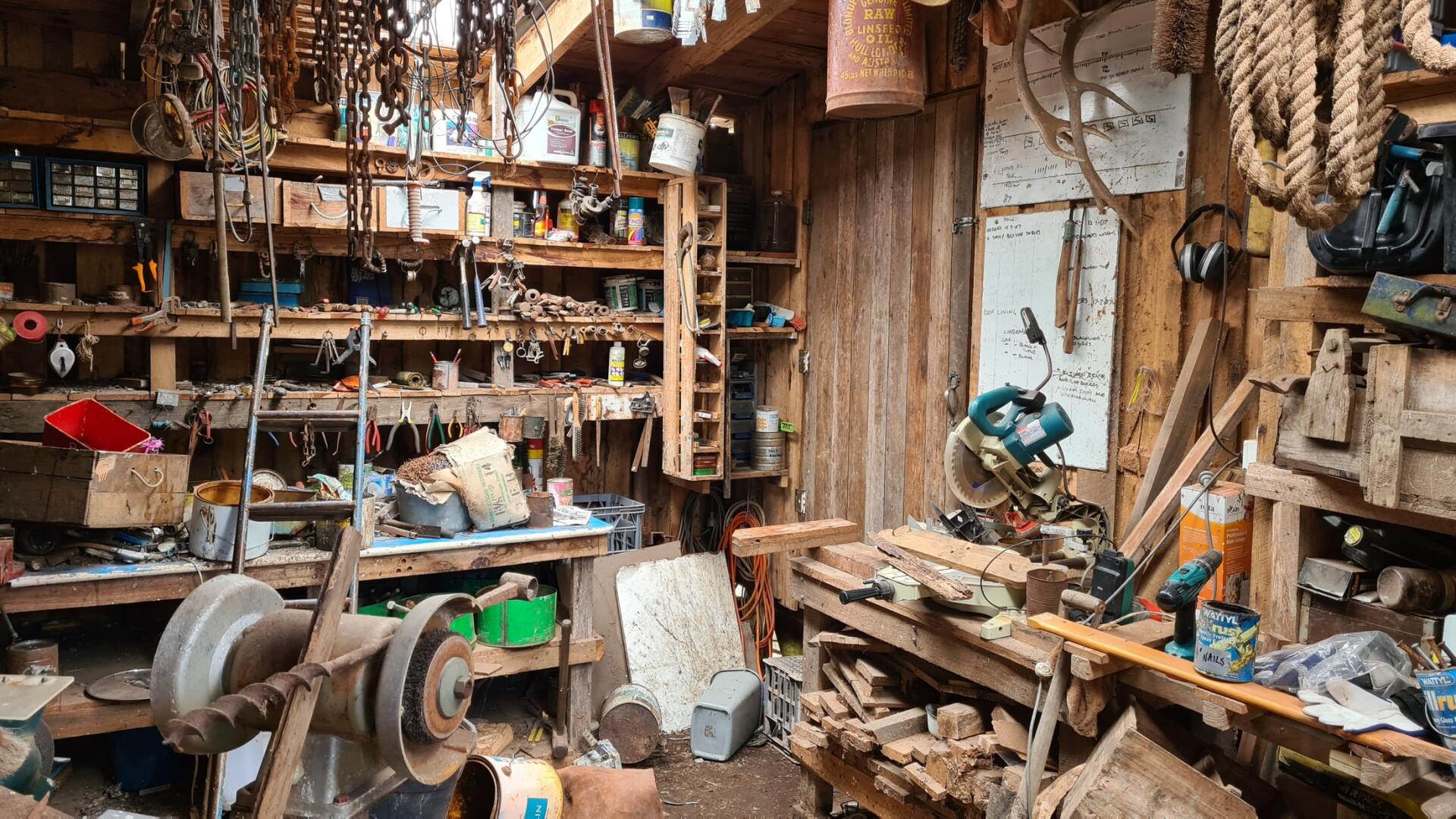
You spent a lot of time making your yard look great and it is a wonderful place to relax and entertain.
But how safe is it for your pets?
Do you want your ‘best friend’ to end up in a Veterinary emergency room because you were not aware of the hazards lurking around the yard?
It’s our responsibility as pet owners to ensure the places where our dogs play and enjoy their life are as safe as possible.
Have a look around your yard and see if any of these hazards are there!
Toxic Plants.
Many common and popular outdoor plants are poisonous, and you should avoid placing them where pooch might play.
Some common plants which are toxic to dogs are rhododendrons, azaleas and Sago palms.
The cycad family of plants, often referred to as ‘living fossils’ are very popular back yard plants. They are, however, quite dangerous to dogs and can cause liver failure.
Other common back yard plants like rhododendrons, lilies of the valley, oleander, azaleas, rosebay, kalanchoe, and foxglove all affect the heart.
Insecticides.
Insecticides including fertilizers, baits, sprays and herbicides keep our yard looking great and we know they are hazardous to our children.
We should also be aware they can be harmful to our pets.
Always keep insecticides stored away from children and pets.
Ensure you read the manufacturer’s label carefully for proper usage and storage.
Being aware of some of the most dangerous pesticides is important for the safety of your children and your pets.
These include, snail bait with metaldehyde, systemic insecticides that contain disyston or disulfoton, fly bait with methomyl, mole or gopher bait with zinc phosphide, and most forms of rat poisons.
If it is necessary for you to use them make sure you restrict your dog from access until the chemicals have dissipated.
There are ‘pet friendly’ options available. Keep an eye out for them.
Don’t Fertilizer your Animals.
Fertilizer will make your lawn look great and plant food will ensure your gardens stay vibrant and healthy.
Both, however, can cause serious harm to your pet’s digestive system.
It is very important to follow their instructions carefully.
If you need to use fertilizers or plant food keep your pets away from the area.
Compost is for your garden, not your pets.
Moldy food, various fruits and vegetables and coffee are commonly used for composting.
Compost, including certain types of seeds, is excellent for your garden but if ingested can cause problems for your pets
Keep your compost pile out of reach from your pets.
Mulch ain’t Mulch!
We know chocolate is harmful to dogs.
Cocoa mulch is a by-product of chocolate manufacture and is commonly used in landscaping.
Cocoa has a sweet smell and pets love it.
If ingested, it can cause a range of serious symptoms.
Vomiting, diarrhea, muscle tremors, elevated heart rate, hyperactivity, and seizures are all symptoms of cocoa ingestion.
Alternative mulches including cedar, hemlock bark and shredded pine are much more pet friendly but ensure you follow the instructions carefully.
Where’s the tool shed?
You’ve done the gardening and ready for a rest.
Don’t forget to put the tools away!
Rakes, shovels, hoes, trowels, and other tools are if left around are hazardous to your children and pets.
Sharp, rusty tools can cause injuries to eyes, paws, or noses.
Tetanus is a risk to us but if your pet punctures their skin they can suffer too.
Fleas And Ticks are the silent enemy!
Fleas and ticks lie in wait!
They hide in tall brush and grass in your yard.
Keeping your lawns mowed and trimmed will help reduce the risk from serious discomfort.
Fleas cause scratching, possible hair loss, tapeworms, scabs, hot spots, and anemia from blood loss in both dogs and cats.
Ticks can cause similar problems but can lead to more serious complications from diseases such as
Lyme disease,
Babesia and
Rocky Mountain spotted fever.
Being aware of these yard hazards will help you and your dog have a long and happy life together!

